SUMMARY
This is AI generated summarization, which may have errors. For context, always refer to the full article.
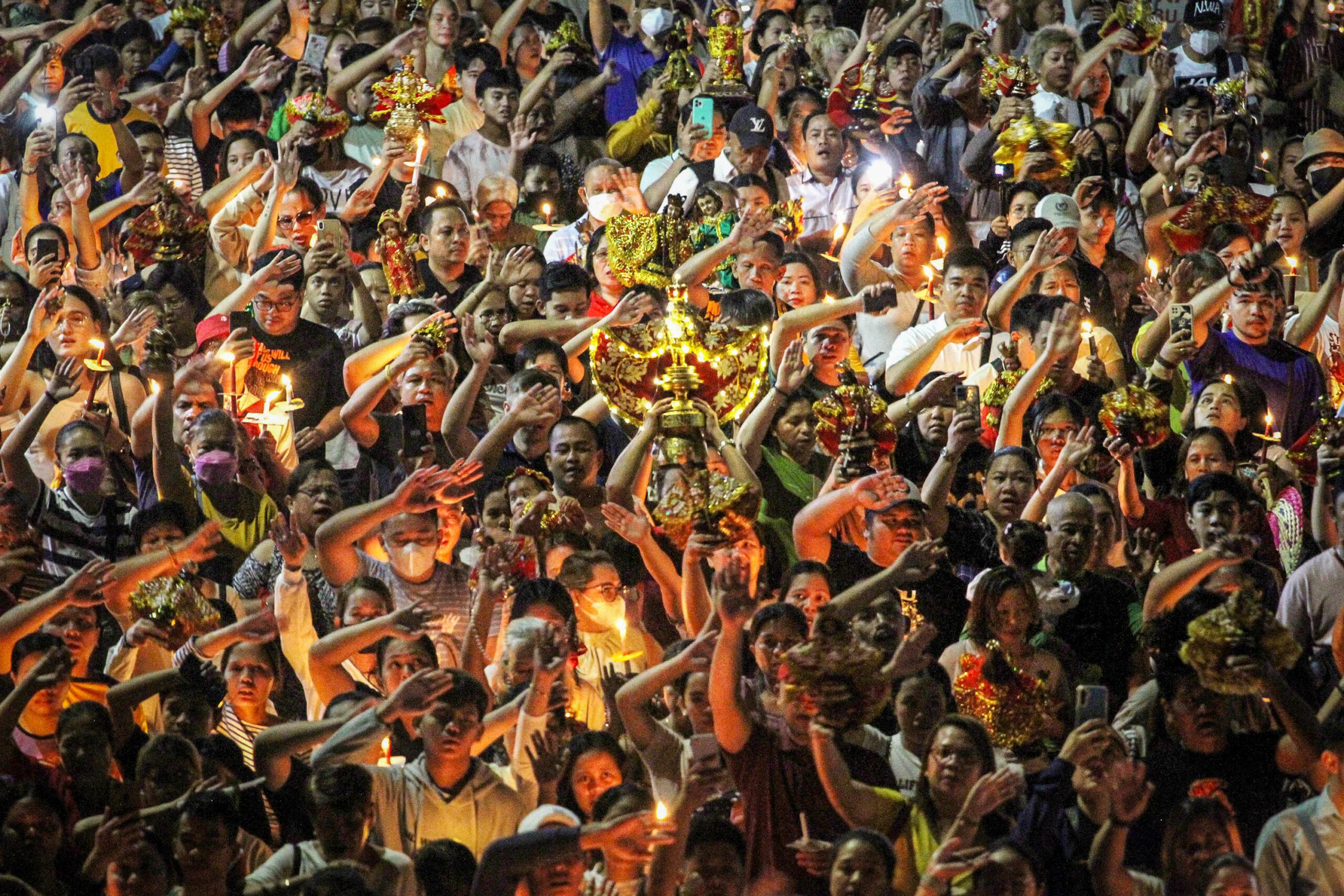
MANILA, Philippines – I pretended I was wiping off sweat, when in fact I was drying my tears, as I watched thousands of Filipinos squeezing their way and scrambling to get as close as possible to the Nazareno.
Our videographer Franz Lopez and I positioned ourselves on a walled and elevated vantage point at Manila’s historic San Sebastian Basilica on January 9, the Feast of the Black Nazarene.
On this day each year, except during the pandemic, millions of devotees join one of the world’s biggest and longest religious processions to honor a 17th-century image of a dark-skinned suffering Christ. Many of them participate in the ritual, called the Traslacion, to thank God for blessings received and to seek more graces for their families in the coming year.
Even as I held my smartphone to take vertical videos, I could not help but cry as devotees raised both hands, in an act of surrender, while singing a popular Filipino version of the Lord’s Prayer. Perhaps, I thought, one of them had a terminal illness, or was praying for a sick relative; perhaps another was laid off from her job, while another was praying for a baby.
“Literally the heat of their devotion (and their bodies) – I felt it,” I wrote on the #faith channel of the Rappler Communities app right after our experience at San Sebastian.
“That’s part of what sociologists call ‘collective effervescence,’” replied Jayeel Cornelio, a sociologist of religion, during our live chat session.
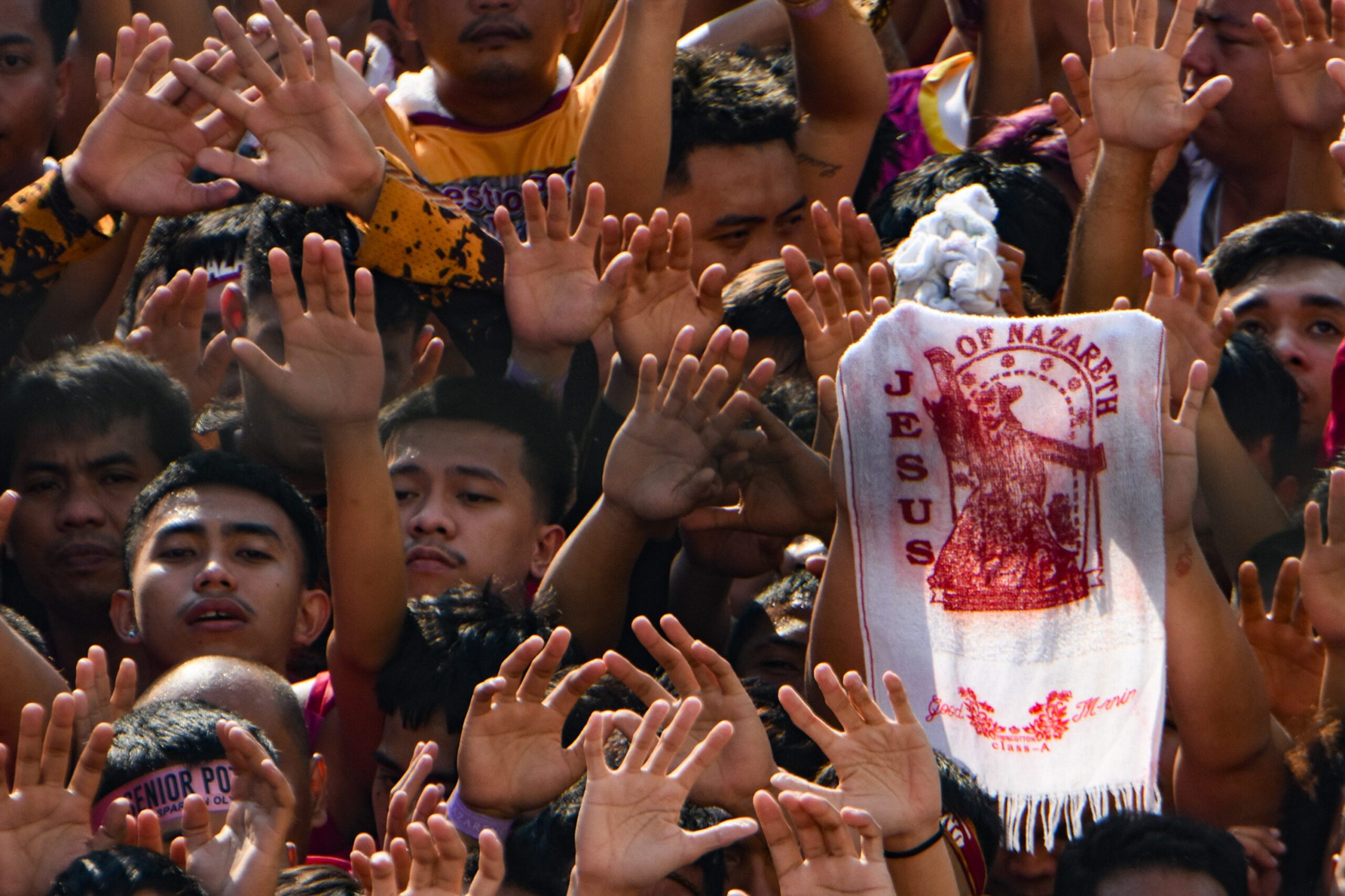
“What does it mean?” I asked.
“What you describe as ‘electricity.’ A religious ritual is powerful in bringing people together and making us feel that we are part of the community. The chants, the bodily movements, the songs – they’re all done in unison. They deepen people’s collective identity and their faith at the same time. This is why being there to experience it can be transformative for devotees,” Cornelio said.
But why, in the first place, is the Nazareno procession “electric”? The same question applies to Cebu’s twin celebrations in honor of the Santo Niño (Child Jesus) every third Sunday of January – the so-called “cultural” Sinulog and the “religious” Fiesta Señor.
Where do such devotions draw their staying power?
To gain deeper understanding, one needs to transport oneself back by centuries, when ancient Filipinos worshiped nature spirits called anitos, and women religious leaders known as the babaylan displayed their faith in “ecstatic” ways.
It is true, in the 16th century, the Spaniards arrived and planted the cross – and introduced the Santo Niño to replace anitos.
But the ways of our forebears lived on, still deeply rooted in our nation’s soul.
What ‘pre-Christian’ religion looks like
Cultural anthropologist Fernando Nakpil Zialcita, in a January 2022 webinar titled, “The Indigenous Thrives In Us,” noted an “interplay between the indigenous and the foreign” in Filipino religious traditions to this day.
Zialcita first described elements of “pre-Christian, pre-Islamic religion” in the Philippines. He mentioned “reverence towards the spirits of the ancestors and nature spirits,” which meant that “unusual rocks, strange trees like the balete, or mysterious animals like the crocodile were revered.” The concern of the natives “was really fertility, health, and prosperity.”
The goal of life, he said, “was to enter the afterworld with high status, to be buried with all of your possessions such as porcelain, gold, and slaves.” This was because one’s position in the afterlife depended on one’s status in this life.
“Ecstasy,” he added, “was very important in indigenous religion.”
“This comes out clearly in our Catholic processions, such as Ati-Atihan or Sinulog or Obando or Turumba. There’s a lot of dancing,” Zialcita said in this webinar uploaded by De La Salle University.

He noted that while Spanish friars allowed them, “these dances are definitely not of Spanish Catholic origin.” They are now considered “Catholic,” however, “because generally the priest presides over these processions with special mention of Jesus and his mother.”
“A second way in which our indigenous religion continues to influence Catholicism today, is the concern of many, not with spiritual salvation, but with physical salvation,” said Zialcita. Forms of physical salvation include “safety from harm, illness, and material want.”
In his analysis of the Nazareno devotion, Zialcita said that for “the millions of men who compete with each other to be able to draw near this sacred icon and touch it with a towel,” the primary concern “is not really liberation from sin.” Rather, it is “the desire to ensure their family’s well-being.”
“When we interview the devotees, we find out consistently that they participate despite the hardship because of a panata (vow), because of a crisis in family, like for instance, a loved one is seriously ill. So the clergy may insist on kaligtasan (salvation) as freedom from sin, but many Filipinos find the physical meaning more relevant to their lives,” Zialcita said.
Zialcita later zoomed out to the bigger picture: how one can conceptualize “the relationship between the indigenous and the foreign.”
“The indigenous tradition, I would say, localizes Christianity by rooting it in people’s deepest concerns. At the same time, Christianity universalizes the indigenous by connecting it to a worldwide organization and to super-local morality,”
According to Zialcita, this means that Christianity “invites us to think beyond our family, to think of a wider community beyond the family.” In this way, “our morality is not focused on the family but on the larger community, the good of the town, the city, the country, mankind.”
“Christianity also asks us to think even of people to whom we have no kin ties. So in that sense, it universalizes the indigenous,” he said.
Rooted in ‘deep structures’
Social anthropologist Melba Padilla Maggay, president of the Institute for Studies in Asian Church and Culture (ISACC), also explained these phenomena in a recent episode of ISACC’s video series ISIP-ISAK.

In this ISIP-ISAK episode on January 4 titled, “Panata at Pananampalataya,” Maggay said the Traslacion is part of the “deep structures” of Filipino culture. This involves “the issue of consciousness, the issue of the heart, the depths of a people’s soul” that cannot easily be changed. She contrasted this with “surface structures” that can easily be altered.
To illustrate the difference, she cited the dark, wooden statues of anitos or nature spirits whom ancient Filipinos worshiped before the Spaniards came.
“We exchanged them easily with saints with Caucasian features. So we had an exchange of statues. That was only a surface structure, so it was easy to change. What was difficult to change was the truly innate – the disposition of a race, their consciousness,” Maggay said in Filipino.
The Traslacion is “very durable” because it is part of these “deep structures,” she said.
When asked what the Traslacion “represents” about Filipino faith, Maggay mentioned two aspects. First, being black – instead of the usual white or Caucasian-looking – makes the Nazareno a “very powerful” image for Filipinos. “Many races, including ours, can identify with that,” she said.
Second, “it makes God close to us – touchable.” She cited Monsignor Jose Clemente Ignacio, former rector of Quiapo Church, who called it an “incarnational spirituality” – related to the “incarnation” or God becoming flesh in the person of Jesus Christ.
“It means we have a very deep longing as a people to touch, to make tangible, the things that are usually just in the consciousness or just in words. We need symbols, we need visuals,” said Maggay.

Maggay, a Christian, was speaking from experience. Recalling how she was raised as a Catholic, she said her mother often brought her to Quiapo Church in her youth, so that she could wipe her handkerchief on the Black Nazarene image because her mother believed it can heal her from asthma.
She herself has intervieweed Nazareno devotees, discovering for herself that she had her own misconceptions. One of these was the notion that Nazareno devotees join the Traslacion to atone for their sins – something criticized by Evangelical Christians because “Christ has died for all of us, once and for all.”
“Most of them said this is our panata (vow). And panata because of gratitude,” she said, citing the experience of devotees whose children, for example, had been healed from illness.
Maggay said that based on Scriptures, which is full of visual symbols, “God is not averse to images.”
“The problem is that these visual representations can become idols,” Maggay said. She called it “extension transference,” when “we transfer to the things of God our allegiance.”
Devotion or fanaticism?
The challenge, according to Maggay, is to be “careful how we read these practices.”
She then turned to her fellow Protestants, after the interviewer asked how Evangelical Christians can “make sense” of the Nazareno devotion. “How should we understand this?” the interviewer asked.
“First of all,” Maggay said, “if you are Evangelical, join the Traslacion and listen carefully to what the people are saying.”

In the #faith channel of the Rappler Communities app, several participants in our January 9 live chat session made a similar appeal: listen to devotees.
One of them was Father Franz Dizon, parochial vicar of the historic Barasoain Church in Malolos, Bulacan, who was one of the most active commenters in our chat room that day.
“We really cannot understand what the devotion means to the devotees if we will not ask them,” said Dizon in Filipino. “For me, a person who judges based only on his knowledge or point of view is also a fanatic. He is a fanatic of his own beliefs.”
Having studied in Catholic schools all my life, and having taken theology courses in college, I myself had my own preconceived notions of Nazareno devotees in the past – until I started covering the Traslacion and seeing believers up close.
On January 9 this year, around 25 minutes after the Nazareno carriage left the vicinity of San Sebastian Basilica, our coverage team exited the church compound to shoot a video report at Plaza del Carmen. Many devotees in red Nazareno shirts were still lingering in the area at that time.
When we were about to start shooting, suddenly, a dozen devotees congregated around me. I smiled at them briefly, looked straight into the camera lens, and tried my best not to be distracted. Then the camera rolled, and I started to narrate the afternoon’s event. Toward the end of the video, I attempted to give viewers the big picture – ironically with the words, “I cannot explain it.”

I told our viewers, “If you are asking, ‘Why are people this devoted to the Black Nazarene?’ I think no academic discussion can substitute for seeing in person, eye to eye, the things that happen in Quiapo.”
Looking back, I think the best way to explain it was the sight of the people behind me: real flesh and blood who came with their deepest hopes, persons to be respected and not ideas to be debated.
The only sound that mattered, at that moment, was the loud cheer of the devotees who smiled, waved, and jumped before our camera: “Viva! Viva! Viva! Viva!” – Rappler.com
Add a comment
How does this make you feel?
![[The Wide Shot] Peace be with China](https://www.rappler.com/tachyon/2024/07/wideshot-wps-catholic-church.jpg?resize=257%2C257&crop=311px%2C0px%2C720px%2C720px)
![[OPINION] A critique of the CBCP pastoral statement on divorce](https://www.rappler.com/tachyon/2024/07/TL-cbcp-divorce-statement-july-19-2024.jpg?resize=257%2C257&crop=285px%2C0px%2C722px%2C720px)


![[The Wide Shot] Was CBCP ‘weak’ in its statement on the divorce bill?](https://www.rappler.com/tachyon/2024/07/cbcp-divorce-weak-statement.jpg?resize=257%2C257&crop=258px%2C0px%2C719px%2C720px)
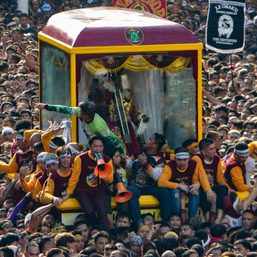

![[WATCH] Traslacion 2024: A sea of people and burning devotion](https://www.rappler.com/tachyon/2024/01/traslacion-dungaw-feast-black-nazarene-january-9-2024-006-scaled.jpg?resize=257%2C257&crop_strategy=attention)
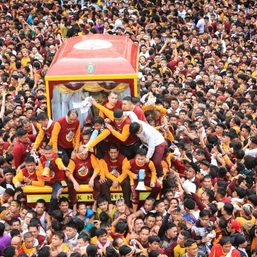

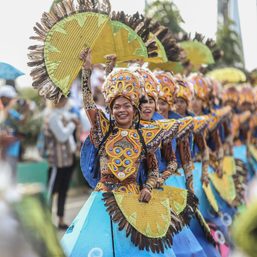

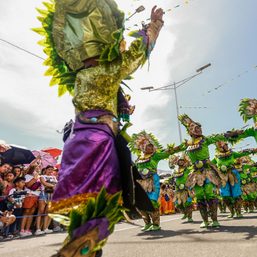
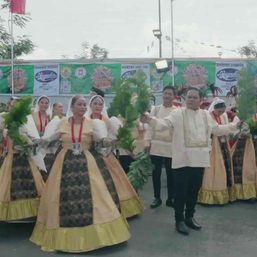
There are no comments yet. Add your comment to start the conversation.